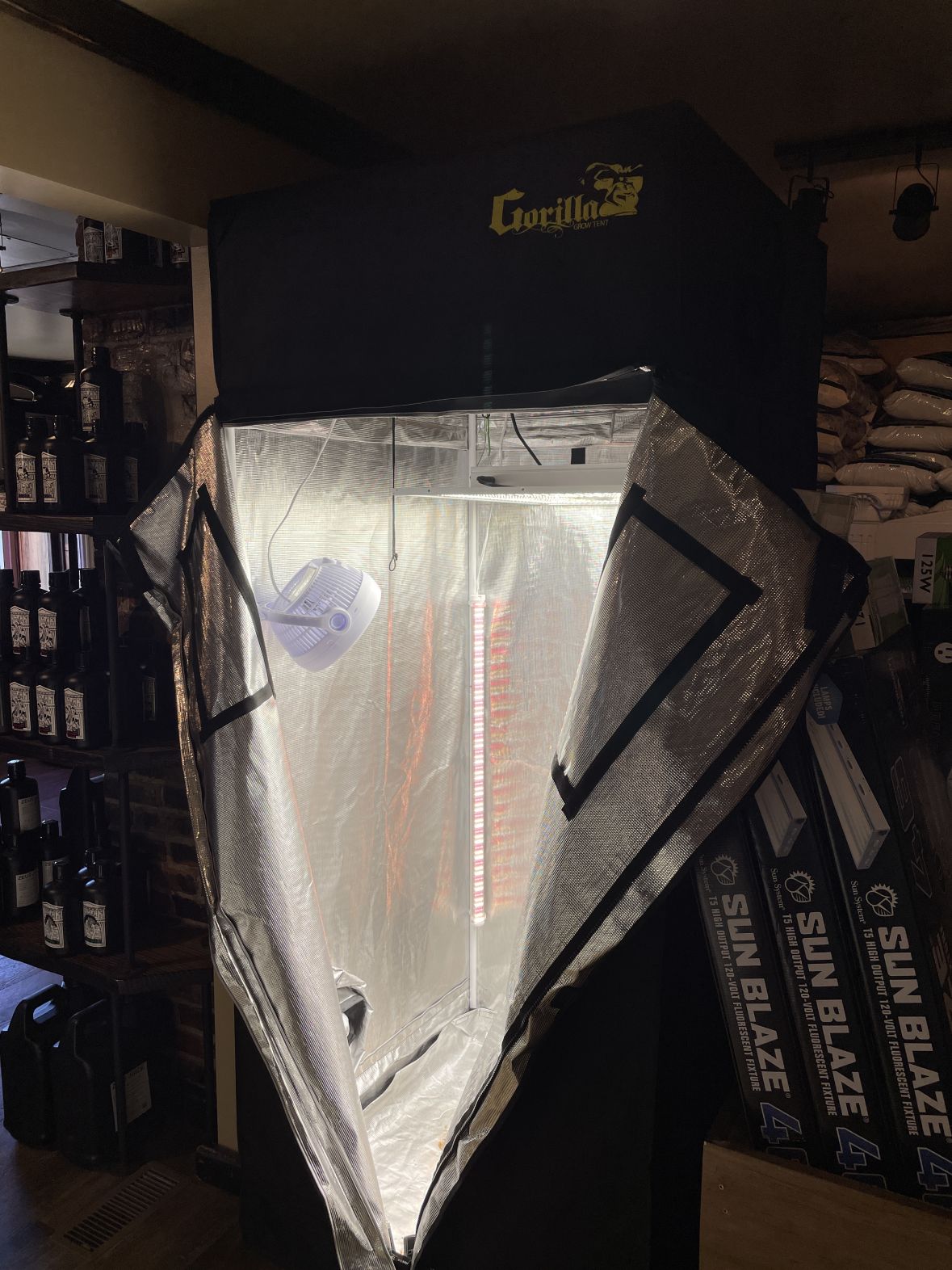Opening the Potential of Hydroponics: Understanding Its Makes Use Of and Different Types
Hydroponics, an approach of growing plants without soil, has garnered raising attention for its potential to revolutionize agriculture and gardening methods. The precision control over nutrient shipment, water usage, and ecological variables supplies a glimpse right into a future where food manufacturing can be optimized in various setups. As we browse with the complex landscape of hydroponic systems and techniques, it comes to be evident that each strategy holds unique benefits and constraints. By unwinding the varied uses and kinds of hydroponics, we can uncover a globe of opportunities that may reshape just how we picture sustainable farming and gardening practices.
Advantages of Hydroponic Solutions

One more benefit of hydroponic systems is the capability to grow plants in a smaller sized room. Hydroponic systems minimize the threat of soil-borne conditions and bugs, as there is no soil to harbor these threats.
Usual Uses in Farming

Offered the efficient water conservation and space-saving benefits of hydroponic systems, it is apparent that these ingenious agricultural techniques have found typical usages in various fields of agriculture. In traditional farming, soil-based farming can be labor-intensive and land-consuming. Hydroponics offers a remedy by allowing plants to be expanded without dirt, minimizing water use by approximately 90% contrasted to traditional farming methods. This makes hydroponics specifically appropriate for areas encountering water deficiency or minimal cultivatable land. The regulated environment of hydroponic systems allows year-round farming, giving a regular supply of fresh produce regardless of exterior weather condition conditions.
Hydroponics is typically utilized for expanding a selection of crops, including leafed eco-friendlies, tomatoes, cucumbers, peppers, herbs, and strawberries. Additionally, hydroponic systems are used in study and educational setups to research plant nourishment, development, and farming strategies.
Checking Out Different Hydroponic Techniques
What are the different innovative methods used in hydroponics to enhance plant growing performance and produce? Hydroponic systems use a variety of methods that satisfy various plant types and growing goals. One preferred technique is the Deep Water Culture (DWC) system, where plant roots are submerged in a nutrient service, providing enough oxygen and nutrients. Another commonly utilized approach is the Nutrient Movie Technique (NFT), which involves a superficial stream of nutrient remedy streaming over the plant roots, advertising water and nutrient uptake. Furthermore, the Ups and downs system, additionally known as the Flooding and Drainpipe system, intermittently floods the plant origins with nutrient option, permitting oxygenation during draining pipes durations. Aeroponics is an additional cutting-edge technique that entails misting plant origins with a nutrient option, optimizing oxygen absorption and nutrient uptake. Each of these techniques showcases the adaptability and efficiency of hydroponic systems in enhancing crop growth and return.
Comparing Various Hydroponic Solutions
Exploring the performance and yield improvement methods in hydroponics leads us to compare different hydroponic systems available for crop farming. Each hydroponic system has its one-of-a-kind features, benefits, and restrictions, making it critical for farmers to select the most suitable system based upon their original site certain needs and restrictions.
One of the most usual hydroponic systems is the nutrient movie method (NFT), where a slim film of nutrient option continually streams over the plant origins. In contrast, the deep water society (DWC) system submerges plant roots straight into the nutrient solution, offering ample oxygen and nutrients.
An additional prominent hydroponic system is the ebb and circulation (or flood and drainpipe) system, which regularly floodings the plant roots with nutrient remedy before draining it. This cyclic process makes sure correct oygenation for the origins while supplying nutrients efficiently. In addition, the aeroponic system suspends plant origins in the air and hazes them with a nutrient service, promoting quick development and high oxygenation degrees. Cultivators searching for a versatile system that reduces water usage typically select aeroponics. By understanding the differences between these hydroponic systems, cultivators can make educated decisions to take full advantage of crop return and top quality.
Innovations in Hydroponic Innovation
With advancements in hydroponic innovation, the agricultural industry is experiencing a shift towards extra sustainable and reliable growing methods. Advancements in hydroponic innovation are transforming the means plants are grown by making best use of returns, saving resources, and decreasing ecological impact. One essential innovation is the advancement of clever check my site hydroponic systems that use sensing units and automation to monitor and change ecological conditions such as pH levels, nutrient focus, and light direct exposure in real-time. These systems enable exact control over expanding conditions, resulting in optimum plant development and higher crop returns.
Another significant innovation is the integration of vertical farming techniques with hydroponic systems, permitting the growing of plants in piled layers. This upright strategy optimizes room application, making it ideal for urban environments where land accessibility is restricted - The Indoor Earthworm. Furthermore, the usage of innovative LED lights systems customized to details plant requirements has enhanced energy effectiveness and boosted development rates in hydroponic configurations
Innovations like these are driving the evolution of hydroponics, making it a lasting and extremely attractive option for contemporary farming.
Verdict
Finally, hydroponics provides countless advantages in agriculture and has different techniques and systems that can be used to maximize its possibility. Developments in hydroponic technology proceed to improve performance and sustainability in food production. By recognizing the uses and various types of hydroponic systems, farmers and growers can unlock the full possibility of best site this innovative approach of growing plants without dirt.
Additionally, hydroponic systems permit for better control over nutrient degrees, pH balance, and environmental problems, leading to healthier plants and greater yields.

Comments on “Release Your Green Thumb: The Indoor Earthworm's Growing Process Demystified”